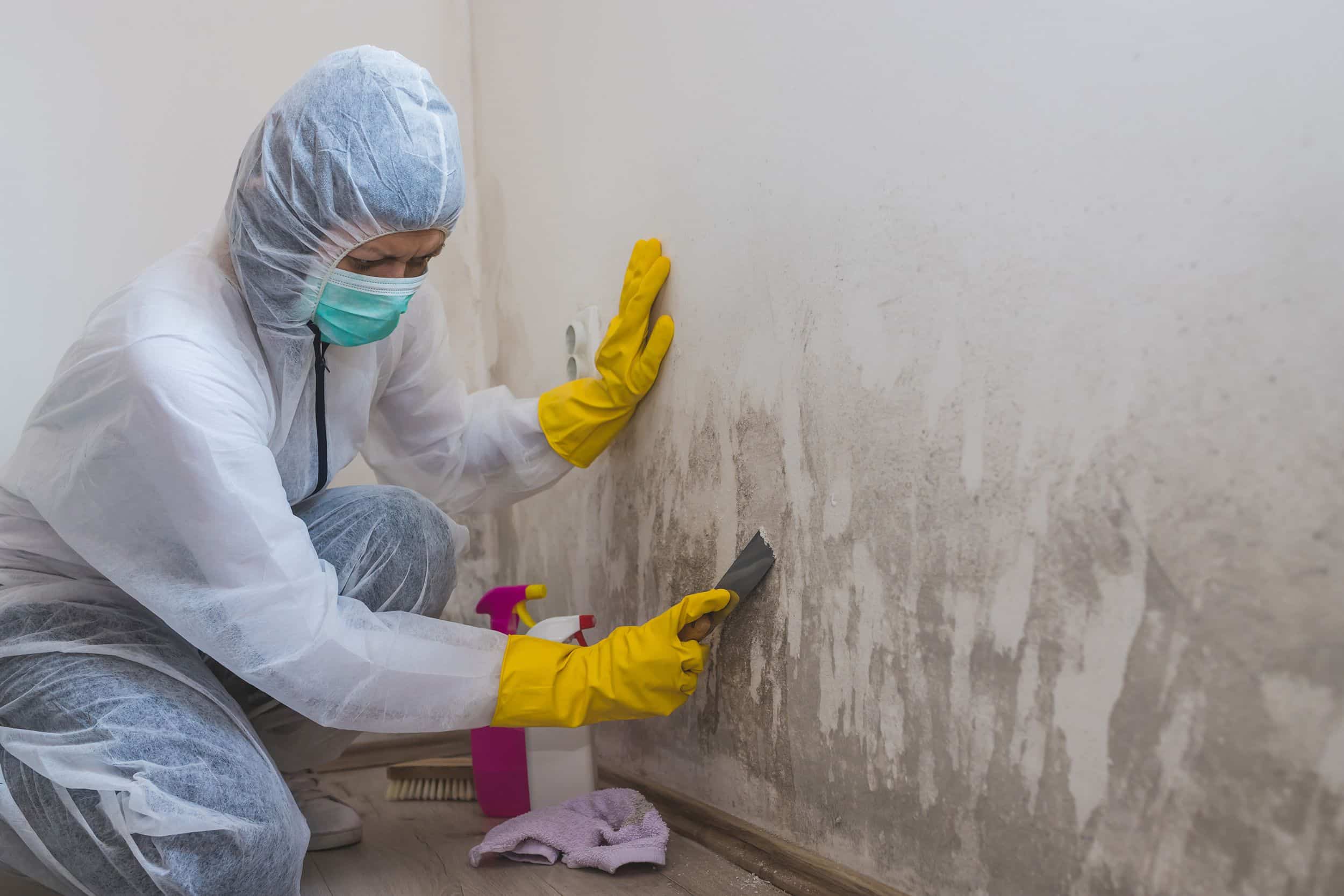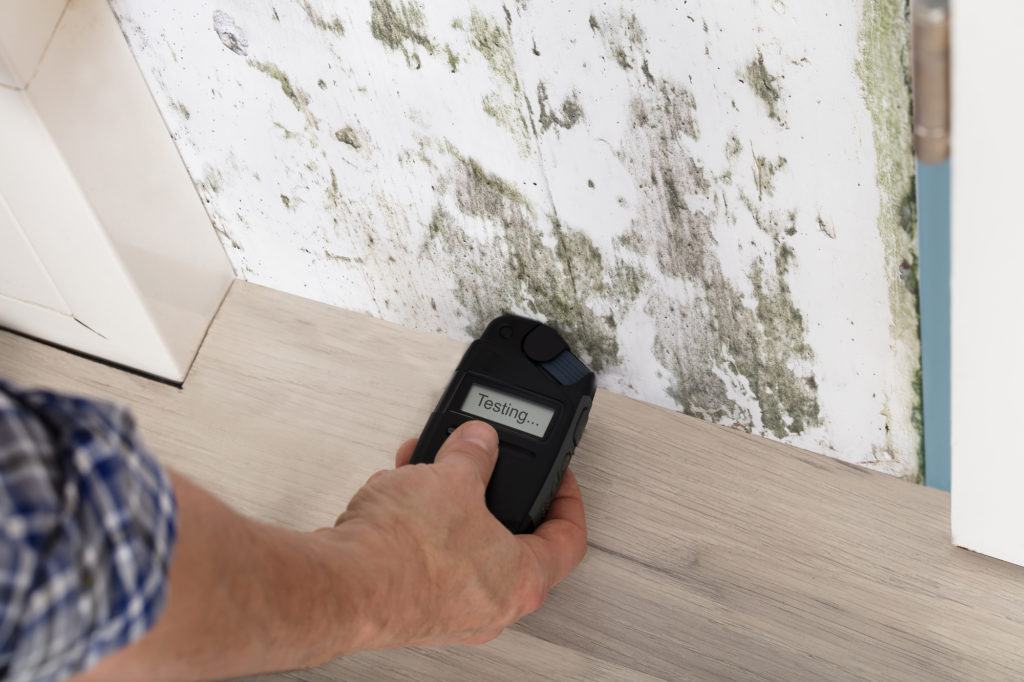Making Sure Post Remediation Verification Precision
Making Sure Post Remediation Verification Precision
Blog Article
Your Ultimate Overview to Blog Post Mold Remediation Techniques
In the results of mold and mildew infestation, understanding how to successfully eliminate the mold and avoid its reoccurrence is paramount for preserving a healthy and balanced interior environment. From choosing the appropriate cleaning and decontaminating approaches to executing methods for long-lasting mold avoidance, each step in the removal trip plays a critical duty in guaranteeing an effective end result.
Recognizing Post-Mold Remediation Refine
After finishing the mold remediation process, it is important to recognize the post-mold remediation strategies that are required to guarantee a detailed and reliable clean-up. When the mold has been removed, the next step involves cleansing and decontaminating the affected areas to prevent any regrowth of mold and mildew. This consists of making use of specialized cleaning representatives to clean down surfaces and eliminate any kind of remaining mold and mildew spores. It is necessary to dry the area completely to prevent the development of mold and mildew in the future (Post Mold remediation cleaning). Appropriate ventilation and dehumidification can assist in this procedure.
In addition, performing a last examination post-remediation is vital to make certain that all mold and mildew has been efficiently eradicated. If the examination exposes any sticking around mold, extra remediation may be necessary.
Effective Cleansing and Disinfecting Methods

Preventing Future Mold Growth

Relevance of Appropriate Ventilation
Proper air flow plays a critical duty in avoiding moisture accumulation, an essential consider mold and mildew development within indoor settings. Efficient air flow systems assist remove excess moisture from the air, decreasing the chances of mold and mildew spores finding the wetness they require to sprout and spread. Without ample air flow, indoor rooms can end up being a breeding place for mold, resulting in potential health and wellness risks and structural damages.
By ensuring correct air flow, air flow systems can also assist in drying damp locations much more promptly after water damage or flooding occurrences, further discouraging mold and mildew growth. Post Mold Remediation. Precede like washrooms, cellars, cooking areas, and attic rooms where dampness degrees often tend to be higher, installing and keeping reliable air flow systems is crucial in preventing mold infestations

Tracking and Maintenance Tips
Offered the essential role that correct ventilation plays in avoiding mold development, it is necessary to establish reliable monitoring and upkeep ideas to guarantee the continued performance of ventilation systems. Normal evaluations of air flow systems ought to be conducted to look for any type of signs of clogs, leaks, or breakdowns that might impede appropriate airflow. Surveillance humidity degrees within the home is also crucial, as high moisture can add to mold development. Installing a hygrometer can aid track humidity degrees and alert home owners to any type of spikes that might call for interest. In addition, guaranteeing that air filters are routinely cleaned up or changed is essential for preserving the efficiency of the ventilation system. Applying a schedule for routine upkeep jobs, such as duct cleansing and heating and cooling system examinations, can help stop problems prior to they escalate. By staying positive and conscientious to Post Mold Remediation the condition of air flow systems, home proprietors can properly reduce the danger of mold regrowth and preserve a healthy and balanced interior setting.
Final Thought
Finally, post-mold remediation techniques are essential for ensuring a safe and clean setting. Recognizing the process, executing effective cleaning and sanitizing techniques, preventing future mold growth, keeping proper air flow, and routine monitoring are all crucial action in the remediation procedure. By complying with these guidelines, you can efficiently get rid of mold and mildew and avoid its return, promoting a healthy living or working area for all occupants.
In the results of mold and mildew infestation, recognizing exactly how to effectively remove the mold and stop its reoccurrence is extremely important for preserving a healthy interior environment. When the mold has actually been removed, the following step includes cleansing and sanitizing the influenced areas to protect against any regrowth of mold and mildew - Post Mold Remediation Report. After getting rid of visible mold and mildew growth, it is crucial to clean up all surface areas in the damaged area to remove any staying mold and mildew spores. To further improve mold and mildew prevention actions, it is important to address underlying issues that at first led to mold and mildew growth.Given the vital function that correct air flow plays in avoiding mold and mildew growth, it is vital to develop efficient tracking and upkeep tips to make certain the ongoing performance of ventilation systems
Report this page